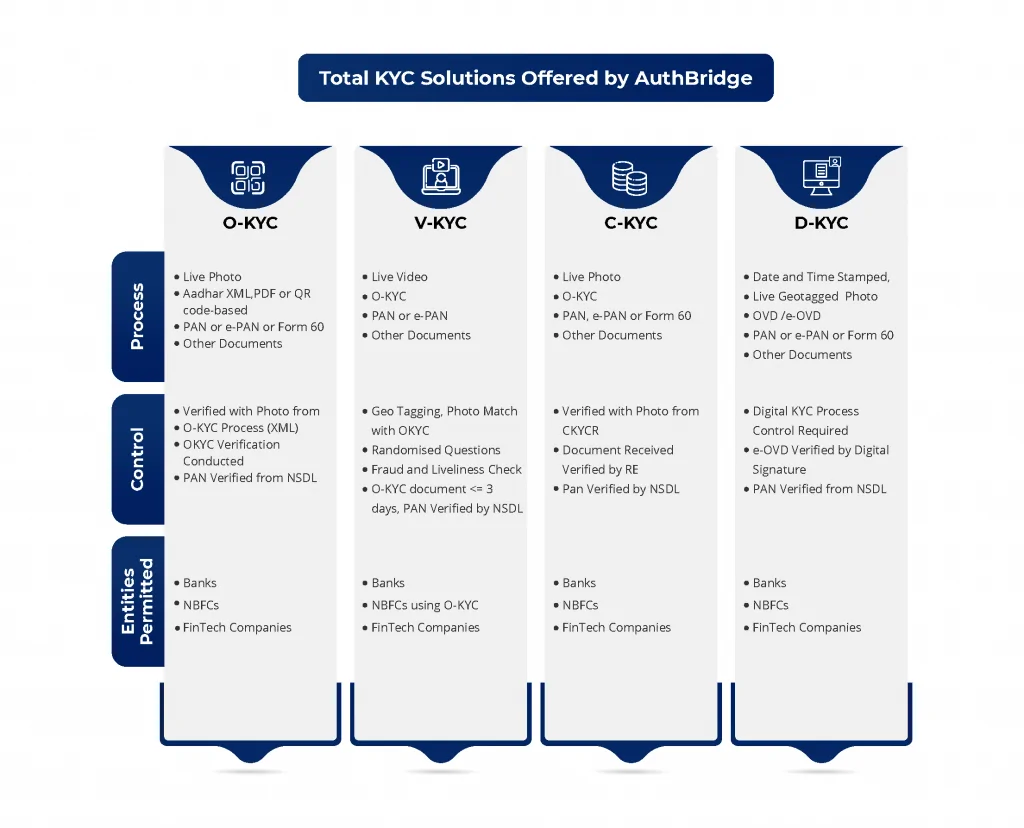India is a land of talent. In recent years, the nation’s economic progress has been propelled by the availability of quality labour. As the nation records growth across multiple sectors, employees have become the backbone of brands, firms, and companies.
While the easy availability of labour is a significant reason for this boom, not everything is in the right direction. Multiple government and private firms have reported incidents wherein they had to suffer substantial losses due to employee misbehaviour. To avoid such instances, there has been a rapid mushrooming of background verification companies whose primary job is to verify the details shared by the employee at the time of joining.
It is through background verification that organisations are able to identify fake credentials and nip the problems of employee fraud in the bud. In this article, we will discuss all that you need to know about employee background verification.
Basic Criteria of Background Verification Companies in India
Organisations outsource their education verification services to specialised agencies committed to building a workforce with a genuine skill set. Here are the basic checks that you can carry out.
- Identity Check
In India, the general protocol dictates that background verification should begin with cross-checking the national ID details. Verifying if the PAN and Aadhar details are genuine is the first step of background verification. Post that, you can outsource to a background verification company to authenticate the details mentioned in a candidate’s driving licence, voter ID, Ration card or passport. Jobs across sectors subject new joiners through this type of background verification.
- Academic and Employment Verification
For most private-sector jobs, the remuneration is dependent on one’s educational and academic experience. The demand to supply mismatch coupled with the greed of a higher pay often leads candidates to exaggerate. Suppose your business is from the BPO, ITES, engineering, accounting, and medicine sectors. In that case, it becomes imperative for you to verify a candidate’s career details before giving them a job. That way, you can be sure that you are not paying a candidate more than their due.
- Litigation
As an employer, you need to realise that your hire will be your representative in their social circle. Surely, you will not want someone with a criminal history to be a representative of your brand. In the recent past, . To avoid letting such incidents tarnish the brand image, we recommend that you do a check on whether there were any past litigation charges against your shortlisted candidates.
- Drug Screening
Background verification companies in India know substance abuse is a severe cause of worry among millennial employees. y reveals that 7 out of 10 job applicants in their 20s tested positive for drugs. As an employee, you will not want to hire a candidate who indulges in substance abuse since that would conflict with your corporate values as well as their productivity at work.
- Global Regulatory Compliance Adherence
International employers often look at the global regulatory compliance check to ensure that the candidates they hire are not involved in any serious crimes. It is a good practice to invest in this to ensure you are not hiring someone with a criminal history in some other country.



